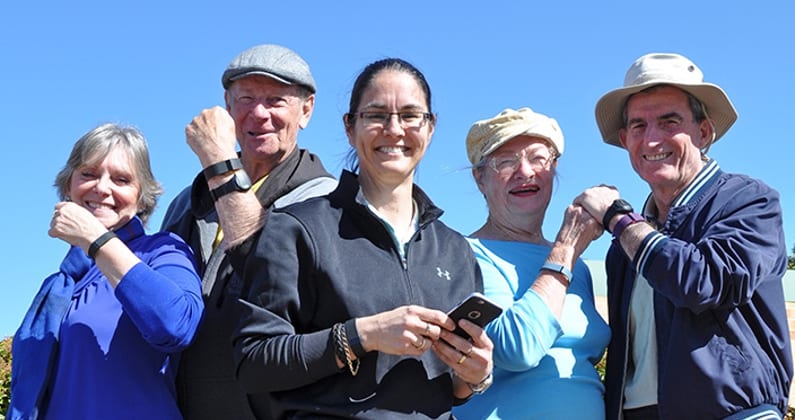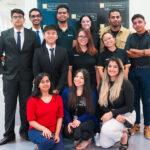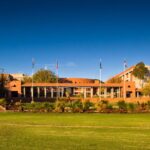As a child, Dr Elissa Burton was sports mad and school was of secondary importance. Fittingly, she went on to work at a sporting organisation and focused on developing the next generation of tennis players. She later completed a PhD and moved into researching healthy ageing, with focus on physical activity, falls prevention and assisting people with dementia and their carers.
What sparked your passion for science, and when did you decide you wanted to build a career in this area?
I have always been interested in sport and physical activity and it was a natural progression to then move into sports science and now health sciences.
Describe your area/areas of research.
My area of research is healthy ageing. My main focus is to develop interventions that can be translated into practice to help older people to stay in their homes for as long as they choose.
My research has predominantly been with physical activity and older home care clients, but more recently has branched out into falls prevention and also helping people with dementia, and their carers, and people with stroke.
What drew you to research as a career?
I have always asked a lot of questions as a kid and am quite inquisitive! I also love helping people and my work focuses on helping older people to stay living in their home as long as they choose, so I get the best of both worlds.
How long have you been at Curtin, and where did you work/what did you do prior to joining the University?
I’ve been at Curtin for nine years. I originally started at the Centre for Research on Ageing with Professor Gill Lewin and in the last four years since completing my PhD I have worked at the School of Physiotherapy & Exercise Science with Professor Keith Hill.
Prior to joining Curtin, I worked at a state sporting association helping to develop the next generation of tennis players and increase the number of kids playing tennis across Western Australia. The role also included writing and acquitting grants, and project management, both of which assist me greatly in my work today.
What makes a good researcher?
Having a desire to answer questions, being incredibly persistent given there are many knock backs in this industry and really enjoying what you’re doing.
What have been your biggest challenges in your career, specifically as a woman in STEMM, and how did you overcome them?
Certainly in previous work places I have worked in there were many opportunities for women in the lower and middle level positions. However, once you got to the upper levels of management I found there were definitely more men and fewer opportunities. To overcome this I just worked as hard as I could and tried to prove that I was as capable as the men in the organisation.
At Curtin, I haven’t felt I have had great challenges because I am a woman, they are more to do with being an Early Career Researcher (ECR) and the nature of academia. It could be because I have some very good mentors around me who provide great advice, or perhaps as I get to the more senior positions I will become more aware of the gender challenges.
What has been your biggest research success to date?
Probably the work I did for my PhD because it helped change the service delivery model in the home care organisation I was working with at the time. I’m also really proud of some of the recent grants we have received and managing those projects and getting strong outputs from them.



